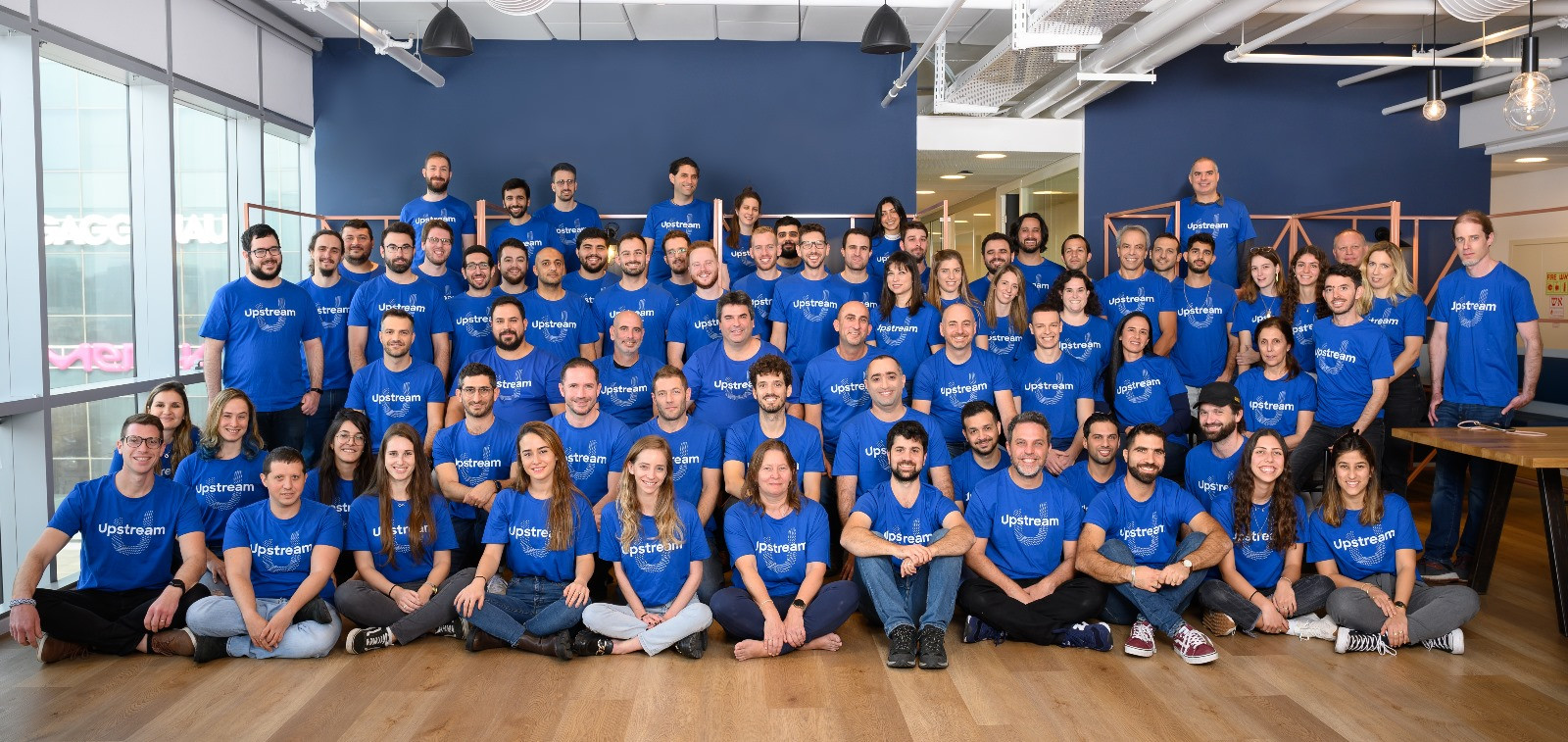Connected cars are rising fast, making them prime cyberattack targets and driving demand for scalable, cloud-based vehicle cybersecurity solutions.
Upstream’s platform protects vehicles without on-board agents, offering multi-layer defense, faster deployment, and easier compliance with global regulations like UNECE R155.
Cisco Investments’ investment in Upstream enables collaboration on IoT security and connectivity, delivering bundled solutions for automotive and broader mobility ecosystems.
Digital transformation continues to change the auto industry, with the number of connected vehicles predicted to more than double in the coming years, from about 400 million units worldwide in 2025 to over 860 million in 2035. Cisco is working with virtually every auto maker on the planet to help make cars smarter through the power of connectivity. In fact, there are already over 100 million connected cars on Cisco’s Mobility Services Platform (IoT Control Center). This connectivity is fundamental to unlock next-gen transportation networks and applications for enhanced driver experiences and safety.
With electrification and software-defined vehicles driving the future of the connected mobility ecosystem, innovations in connectivity enable auto OEMs to offer new on-board applications and services – from autonomous driving and advanced driver assistance systems (ADAS), to real-time navigation and traffic updates and predictive vehicle maintenance, to in-vehicle entertainment and enhanced roadside assistance. But with all that connected goodness comes a greater risk of cyber threats.
Automotive and mobility cyber threats are growing in sophistication and magnitude, with large-scale incidents more than doubling in the last year. Connected cars make enticing targets. Essentially data centers on wheels, they comprise a network of IoT (Internet of Things) devices such as computers and cameras, along with complex software with millions of lines of code. Every Application Programming Interface (API) and point of connection can serve as an attack surface for bad actors, who can remotely take vehicle control, exploit APIs to steal consumer data, inject malware into a vehicle’s operating system to extort ransomware, and more.
When Upstream Security launched in 2017, co-founders Yoav Levy and Yonatan Appel had a vision to secure, optimize, and enhance everything that moves—from connected vehicles to the entire mobility ecosystem. Today, Upstream’s detection and response platform is a cybersecurity stalwart of choice for the automotive industry and is expanding into a variety of IoT-driven segments in the transportation ecosystem.
“At Cisco, as the leading provider of mobile IoT connectivity services, we have extensively explored the ecosystem to identify optimal partners to enrich our offerings. Upstream’s cybersecurity solution emerged as a standout choice due to its innovative architecture and technology maturity,” says Masum Mir, senior vice president and general manager of Cisco’s Provider Mobility business. “Not only does it excel as a premier solution for vehicle cybersecurity, but its flexible architecture enables seamless integration of additional services. From fraud prevention to insurance and maintenance, the platform is designed to be future-ready and easily scalable, ensuring lasting value for our customers.”
Seeing plentiful opportunities to partner in this vast and sprawling market, Cisco Investments has invested in Upstream.
Essential Insights into Revolutionizing Vehicle Cybersecurity
A new way to secure connected vehicles
While other startups in the space have focused on building hardware or software agents that take years to be deployed inside vehicles, Upstream took a road less travelled—becoming one of the first cloud-based cybersecurity solutions designed to help protect existing and new connected vehicles and smart mobility services from cyberattack. Drawing on data that is already being collected by OEM car manufacturers and Smart Mobility providers, such as connected vehicles, telematics, and mobility applications data, Upstream can help to protect cars already on the road without the need to install native agents. The solution includes threat intelligence correlated with an SBOM-based (software bill of materials) view of the vehicle, device or fleet to provide risk analysis and mitigation. The result is a solution that offers multiple layers of defense to detect and respond to advanced threats on a trifecta of levels—vehicle, cloud, and connected application. It is also easier and more cost effective for customers to deploy and accelerates time-to-security.
Impact of UNECE Wp.29 Regulation R155
One of the most impactful regulations in the highly regulated auto industry is UNECE Regulation R155, which underscores the growing importance of monitoring and securing vehicles against expanding cyber threats. The regulation lays out uniform provisions for vehicle cybersecurity and cybersecurity management systems. Sweeping in its impact, R155 requires connected vehicle OEMs to comply with cybersecurity regulations if they wish to sell into any of the UNECE’s member states. It also requires that connected vehicles be monitored for cyber threats in a security operations center (SOC). R155—and growing regulation fatigue due to varying requirements around the world —drives the need for solutions like Upstream XDR, which helps companies achieve and maintain compliance by providing a robust cybersecurity framework aligned with industry standards. Upstream’s advanced cyber threat intelligence and vehicle security operations center (vSOC) also play key roles in maintaining compliance—as does Upstream’s annual report on automotive cybersecurity.
Collaborating with Cisco
Upstream and Cisco see two main areas for potential collaboration. First and foremost is collaboration with Cisco’s industry-leading Mobility Services Platform (IoT Control Center), a global SaaS solution for managing the connectivity of IoT devices. In addition, both companies share customers and potential customers in segments from car manufacturing to agriculture IoT, construction IoT, mining IoT, telematics IoT, and more—all of which place a premium on cybersecurity. For Cisco, this investment provides additional insights into high-growth SaaS, further up the vertical value chain, as value shifts from IoT platforms to IoT-enabled applications. In addition, Upstream’s telemetry and application data can potentially create a differentiated bundled solution of IoT management and IoT security.

Upstream and Cisco are a natural fit to take on the large, fast-growing market of mobile IoT security and especially Connected Vehicle security.

